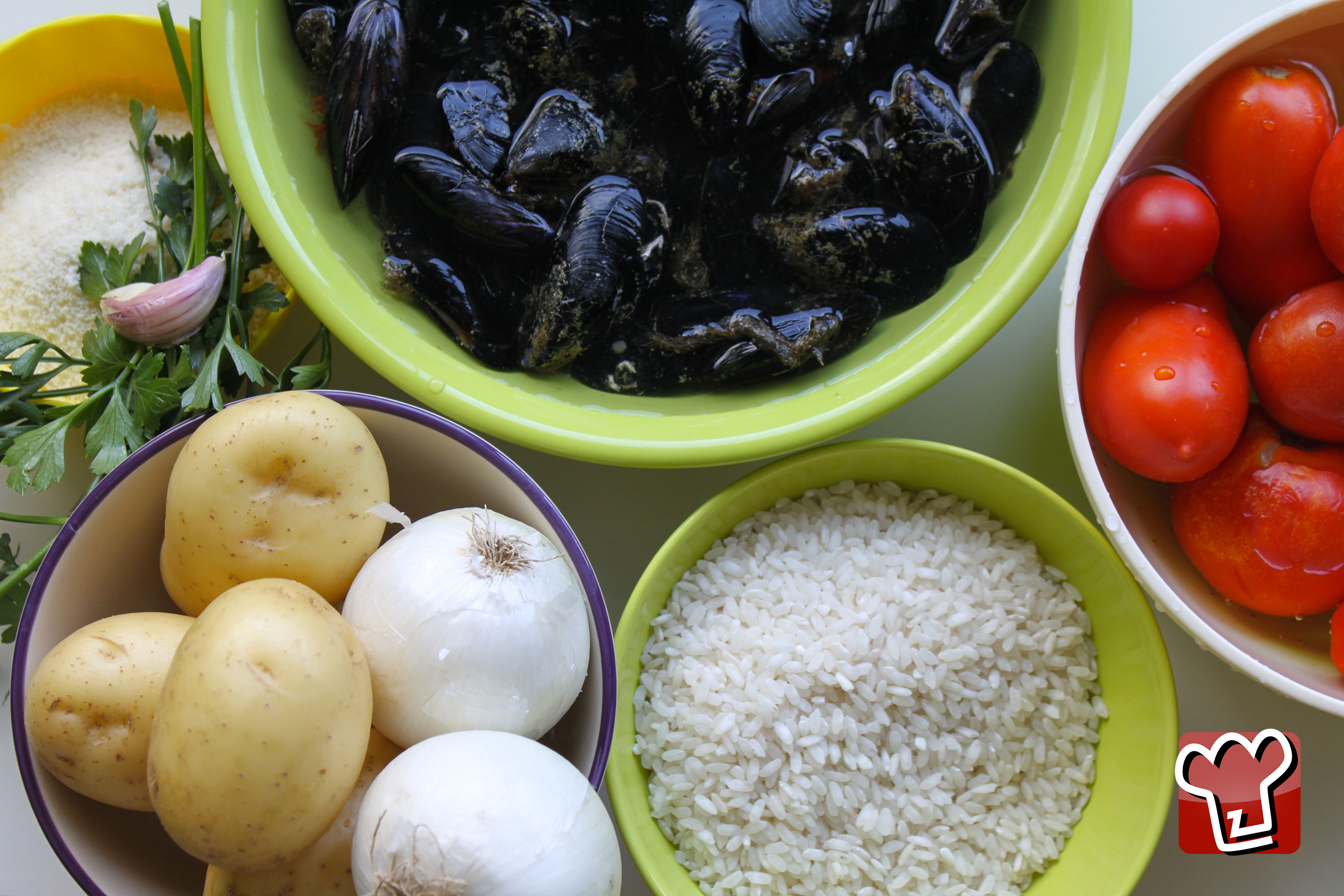Rice, potatoes and mussels
Rice, potatoes and mussels is a typical Puglian dish. It is found in the Bari area and in the province of Taranto; the two versions are known locally as ‘Tiella Barese’ and ‘Tiella Tarantina’. The name derives from the ‘tiella’ pot traditionally used to prepare the dish: a wide, low clay baking dish in which rich and succulent dinners were prepared for the peasant workers. Because people were often very hungry, the ingredients were poor and there was little time available, the peasants used to use anything to hand: vegetables, rice, potatoes and mussels (the most economical and available seafood). It was cooked over the embers, a metal cover was placed over the top and more coals were placed on top, thus simulating baking in the oven. The result was uniformly excellent, just as yours will be when you make this dish!
Ingredients
-
garlic 1 clove
-
onions 500 grams
-
parsley A good bunch of parsley
-
extra virgin olive oil To taste
-
pepper
-
salt

Send the recipe
Preparation
Clean the mussels of their beards, scrub them well, then leave them to soak in fresh water for half an hour, changing the water a couple of times. Meanwhile, soak the rice in cold water: this will remove any excess starch. Do the same for the potatoes, having peeled and cut into not-to-thin slices. Peel and slice the onions and tomatoes. Then prepare garlic and parsley, chopped finely together. Drain the mussels and put them on the heat in a saucepan with the lid on, adding nothing else: after five minutes they will be open. Remove half the shell from each of the mussels. Lightly grease a baking dish. Make a layer of potatoes, of onions, of tomatoes, then sprinkle with the chopped garlic and parsley, salt, pepper and a frizzle of extra virgin olive oil. Arrange all the mussel shells with the meat facing up. If there are any mussels left, remove the shells completely and distribute evenly. Cover with the rice, filling all the spaces and the shells. Add a little salt: soon we will add the cooking liquid from the mussels which is already quite salty. Then complete with the remaining ingredients, onion, tomatoes and potatoes. Finish with a generous sprinkling of cheese, which you could also add to the internal layers of your dish if you like. Now strain the cooking liquid from the mussels and add water or vegetable broth until you get 500 ml. Pour into the baking dish, and bake at 200 °C for 40 minutes + 15 minutes to rest. Serve.
Step by step
|
View the step by step
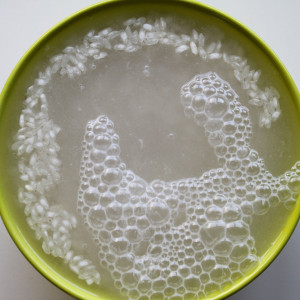
|
Soak the rice in fresh water so as to remove excess starch
|
|
View the step by step
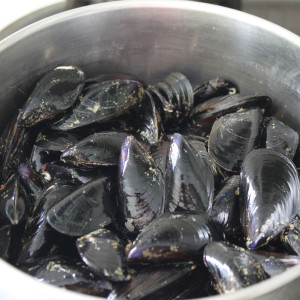
|
Clean the mussels and place them in a pan
|
|
View the step by step
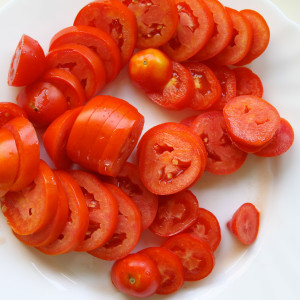
|
Slice the tomatoes
|
|
View the step by step
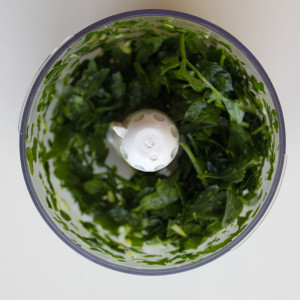
|
Chop some garlic and parsley together
|
|
View the step by step
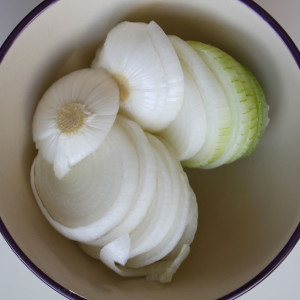
|
Slice the onions
|
|
View the step by step
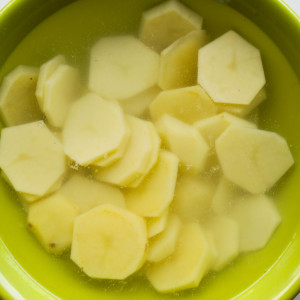
|
Slice their potatoes: soak them in water so as to remove excess starch
|
|
View the step by step
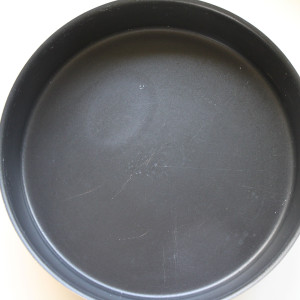
|
Get a baking dish with high sides
|
|
View the step by step
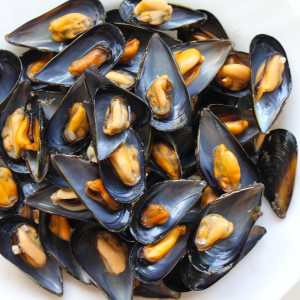
|
Prepare the mussels throwing away any shells with no mussels inside
|
|
View the step by step
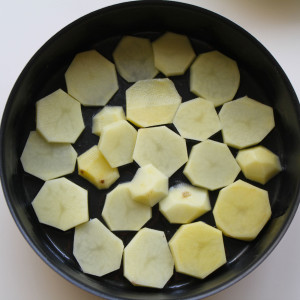
|
Grease the baking dish and then put in a layer of potatoes
|
|
View the step by step
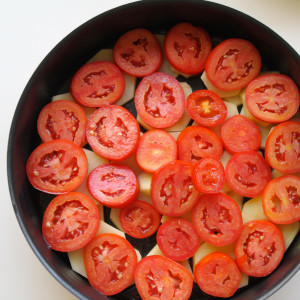
|
Arrange a layer of tomatoes
|
|
View the step by step
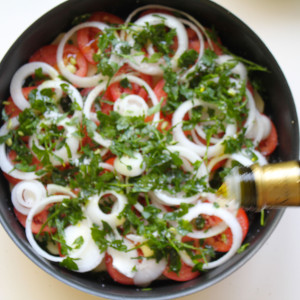
|
Add layers of onion, the chopped garlic and parsley, then a pour over some oil, salt and pepper.
|
|
View the step by step
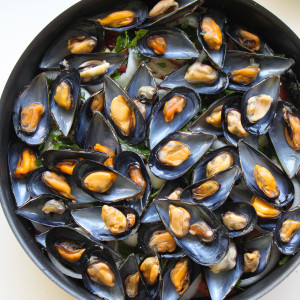
|
Arrange the mussels, if there are any left also put in the remainder without their shells
|
|
View the step by step
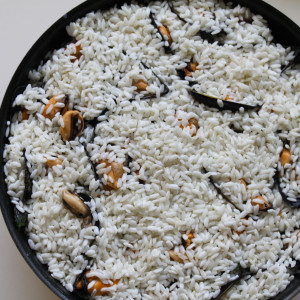
|
Cover with rice
|
|
View the step by step
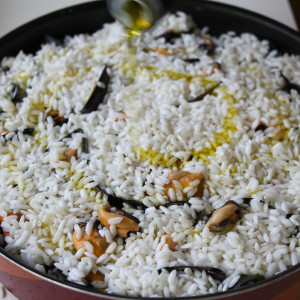
|
Add some more oil, salt and pepper
|
|
View the step by step
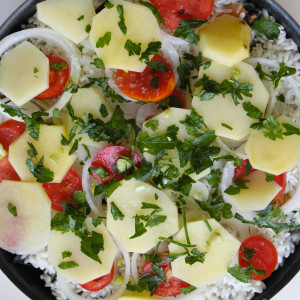
|
Finish with a layer of all the remaining ingredients and a good sprinkling of Pecorino cheese
|
|
View the step by step
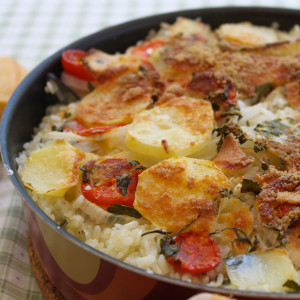
|
Bake at 200 °C for 45 minutes + 15 minutes to rest. Serve warm.
|
Additional Information
Rice, potatoes and mussels, known in Bari as tiella, are among the most iconic dishes of Apulian cuisine. The recipe brings together sea and land: fresh mussels, sliced potatoes and rice. Baking the ingredients in a shallow pan allows their flavors to meld, creating a harmonious balance between savory seafood notes and the soft texture of potatoes and rice. Originally a peasant dish, it has become a regional culinary emblem.
Which rice is used?
Short- to medium-grain rices such as Arborio or Roma are commonly used. These varieties release starch during cooking and absorb liquids well, so the rice cooks directly in the oven and soaks up the juices from the mussels and vegetables without needing to be boiled first.
What is the "tiella" from Bari?
The word "tiella" refers both to the traditional baking dish (originally terracotta, now also metal) and to the layered preparation itself. Ingredients are arranged in layers—potato rounds, mussels, rice, tomato and onion—and cooked slowly. The result is a complete one‑dish meal that conveys the fragrance of the sea and the simplicity of Apulian rural cooking.
What to drink with it?
The dish pairs well with fresh, mineral white wines that cleanse the palate and enhance the mussel’s briny flavors, such as Fiano di Puglia or Verdeca. For beer lovers, a light lager—clean and not too bitter—works nicely and doesn’t overpower the dish.
Benefits of rice with potatoes
Rice and potatoes together provide complex carbohydrates and starches that supply sustained energy. Both are naturally gluten‑free and easy to digest. Potatoes add potassium and vitamin C, while rice contributes lightness and satiety, making the combination suitable for a nourishing yet not overly heavy meal.
Is rice and potatoes good for stomach ache?
Plain boiled rice and mashed or boiled potatoes are often recommended for digestive discomfort because they are bland and gentle on the stomach. However, the traditional tiella—with mussels, onions and seasonings—is richer and not advisable during episodes of stomach pain or acute digestive upset.
Which is better for weight loss: rice or pasta?
The answer depends on the overall diet and portion control. Wholegrain rice can be more filling per calorie and is easier to digest for some people, but wholegrain pasta also offers lasting satiety. Both can fit into a calorie‑controlled plan; the key factors are portion size and the type of sauces and accompaniments.
Calories in a portion (~300 g)
A typical 300‑gram serving of rice, potatoes and mussels contains roughly 400–500 kcal. The exact calorie content varies with the rice variety, the amount of added oil, and the ratio between rice, potatoes and mussels. It’s considered a balanced single course providing carbohydrates, some protein and minerals.
How to make the rice lower in calories?
To lighten the dish, reduce the amount of cooking oil and finish with a drizzle of extra virgin olive oil only at the end. Use wholegrain rice for more fiber and satiety, and increase the proportion of vegetables—such as zucchini and tomatoes—to reduce the rice portion while keeping the dish flavorful and balanced.
Who invented this dish?
There is no single inventor. Rice, potatoes and mussels emerged from Bari’s popular culinary tradition, shaped by the availability of local ingredients and the blending of maritime and agricultural cultures. Each household often keeps its own variation, passed down through generations.




